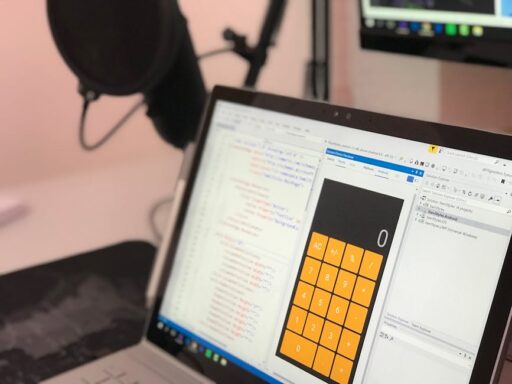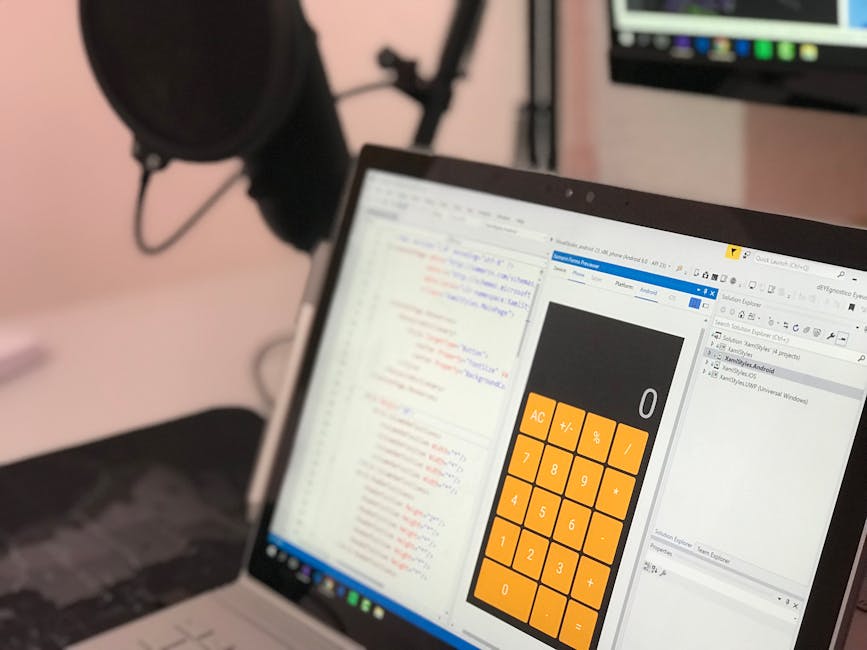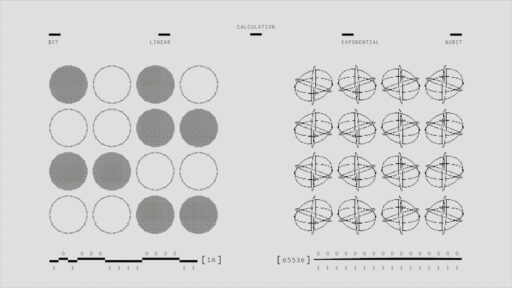Exploring Google’s Opal: A New Frontier in No-Code App Development
In recent months, the landscape of coding tools has been revolutionized by AI-powered solutions, with tech giants and startups alike racing to innovate. Google’s latest entry into this arena is Opal, a no-code platform that allows users to create web applications using simple text prompts. This tool is currently being tested in the U.S. through Google Labs, a hub for the company’s experimental technologies.
Opal is designed with accessibility in mind, providing an intuitive interface that empowers users without technical backgrounds to develop functional web apps. By simply entering a description of the desired application, Opal employs Google’s advanced models to generate a working prototype. Once the app is created, users can delve into an editor panel that visually maps out the workflow, including input, output, and generation steps. This feature not only demystifies the process but also allows for customization by editing prompts or adding new steps via Opal’s toolbar.
Moreover, Opal supports collaboration and sharing, enabling users to publish their apps online and share them with others for testing. This capability aligns with Google’s strategy to broaden the appeal of app development, potentially reaching a non-technical demographic.
Opal positions itself among other no-code tools like Replit and others in the market, contributing to a growing trend that encourages innovation without the barrier of traditional coding. As Opal continues to develop, it promises to be a game-changer in democratizing app development, making it accessible to anyone with an idea.





